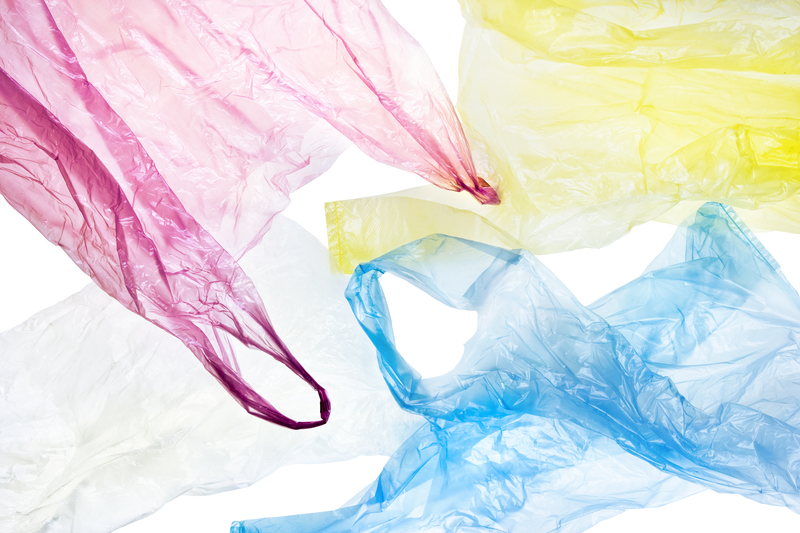Human exploration and utilization of outer space has advanced significantly over the years, leading to numerous benefits such as improved communication, navigation, and scientific research. However, with these advancements comes a growing concern - the issue of space waste. As we continue to launch satellites, spacecrafts, and other objects into orbit, we are also leaving behind a trail of debris that poses a threat to future space missions. In order to ensure the sustainability of our activities in outer space, it is crucial for us to address this issue and implement effective waste control measures.
What is Outer Space Waste?
Outer space waste, also known as "space junk" or "orbital debris," refers to any man-made object that is no longer in use and remains in orbit around Earth. This can include defunct satellites, spent rocket stages, fragments from spacecraft collisions, and even smaller pieces of debris resulting from previous missions. Currently, there are over 128 million pieces of orbiting debris larger than 1 millimeter in size according to NASA's Orbital Debris Program Office.

The Dangers of Space Waste
The presence of space waste poses numerous dangers to our planet and future space missions. One of the biggest concerns is the potential damage it can cause to active satellites and spacecrafts. With high velocities in orbit, even the smallest pieces of debris can cause catastrophic collisions that can render these objects useless. This not only results in financial losses but also disrupts critical services such as global positioning systems (GPS), weather forecasting, and telecommunication networks.
Furthermore, the accumulation of space waste also increases the risk for future launches and manned missions. With a cluttered orbital environment, there is a higher chance for collisions which can put astronauts' lives at risk. In addition, as more debris enters lower orbits due to atmospheric drag, it can become difficult for new spacecrafts to safely enter or exit these orbits.
Current Efforts in Space Waste Control
Recognizing the severity of this issue, various space agencies and organizations have taken steps towards mitigating and controlling space waste. One approach is through the disposal of satellites and spacecrafts at the end of their mission, either by deorbiting them to burn up in Earth's atmosphere or by transferring them to a higher orbit. In addition, NASA has implemented guidelines for engineers to design spacecrafts that can minimize debris produced upon re-entry into Earth's atmosphere.
Another key approach is through active debris removal (ADR) missions, which involve capturing and removing debris from orbit. These missions use robotic tools or nets to capture larger objects, while smaller pieces of debris are targeted using lasers or ion beams. However, these methods are still in early stages of development and require further advancements before they can be implemented on a larger scale.
Pros and Cons of Space Waste Control Measures
Pros:
- Reduced risk for collisions and damage to active satellites and spacecrafts.
- Safer conditions for future launches and manned missions.
- Promotes sustainability and preservation of outer space resources.
- Incentivizes designers to create more environmentally-friendly spacecrafts.
Cons:
- Costly and complex procedures for disposing of waste and implementing ADR missions.
- Requires international cooperation and agreement on regulations for space waste control.
- Potential risks and uncertainties associated with manipulating objects in orbit.
Tips for Reducing Space Waste
- Design spacecrafts with sustainable disposal methods in mind.
- Implement strict regulations for responsible launch practices.
- Encourage research for innovative solutions such as reusable rockets.
- Support organizations and efforts dedicated to space debris mitigation.

Key Takeaways
While space waste may seem like a daunting issue, it is important to recognize that progress is being made towards controlling and mitigating the problem. As individuals, we can also play a role in promoting responsible and sustainable practices in outer space. By taking part in educating ourselves and supporting efforts for waste control, we can help pave the path towards a cleaner and safer outer space environment for future generations.
Conclusion
As we continue to make advancements in space exploration and utilization, it is crucial for us to also take responsibility for our impact on the environment. The issue of outer space waste calls for immediate action and collaboration from all nations involved in space activities. With the implementation of effective waste control measures, we can ensure the sustainability of this exciting frontier and continue our journey towards progress.
